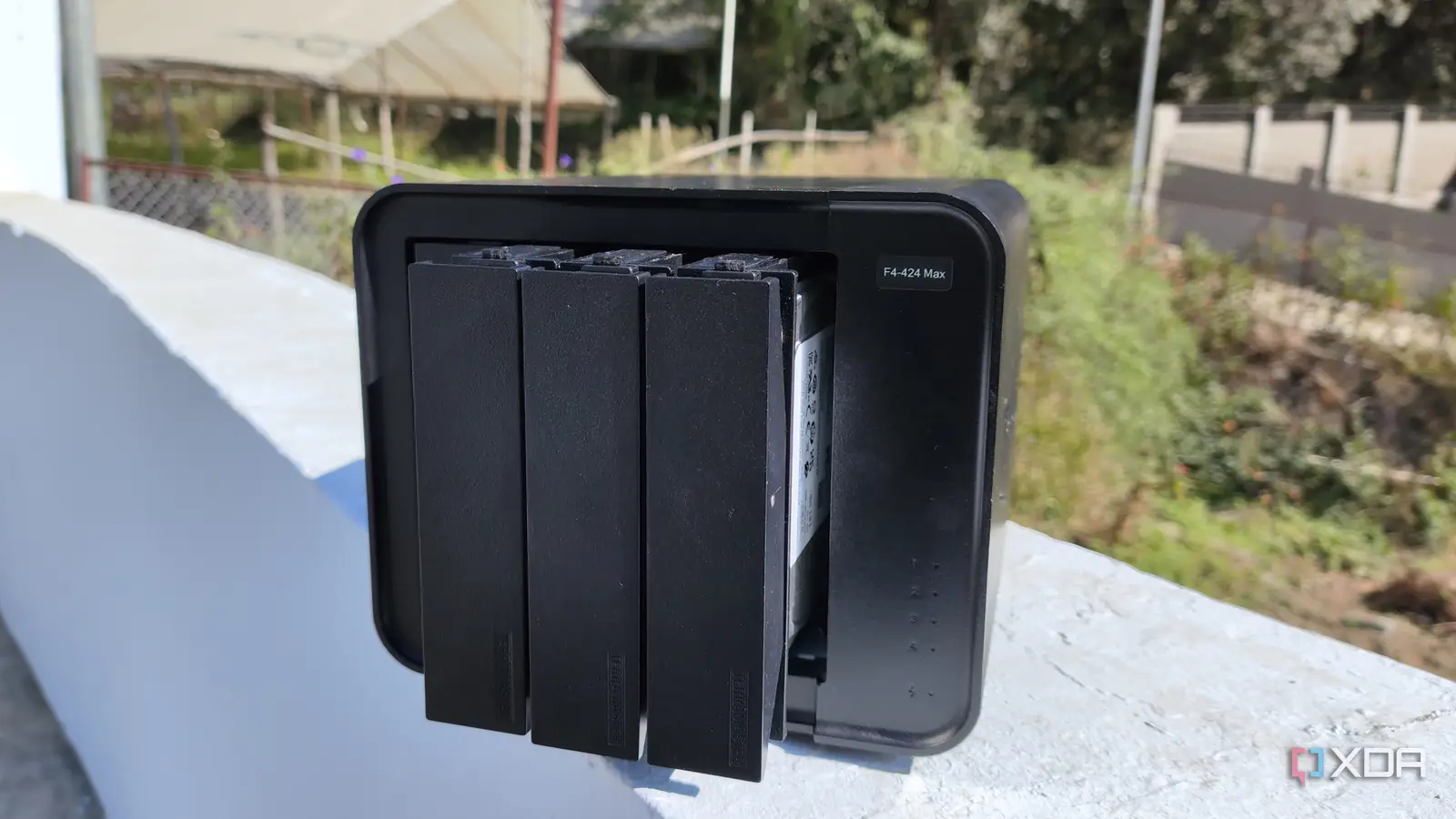Copyright XDA Developers

RAID is one of the most common terms thrown around in the home lab ecosystem, though there’s a lot more to it than meets the eye. Despite offering some protection for your data, a Redundant Array of Independent/Inexpensive Drives is absolutely not a supplement for backups. Instead, it’s a neat facility that lets you harness spare HDDs (or SSDs, if that’s what you prefer) to provide better fault tolerance or smoother recovery process, depending on your specific RAID mode. You see, RAID levels vary dramatically from each other – to the point where the bigger number isn’t always better. In fact, choosing the wrong level can even put your data at heightened risk, so it’s always a good idea to plan ahead before committing to a RAID plan. Having tinkered with different RAID levels over the course of my home lab journey, here are the ones that should work well for most setups. RAID-Z1 strikes the right balance between usable space and error recovery Yeah, it’s a bit different from RAID 5 When you start to go up the RAID ladder, the diminishing storage capacity and higher minimum drive requirements can be a problem. The parity-based RAID-Z1 mitigates these issues quite handily, as you can put together this array with just three drives and get solid recovery provisions in case one of them goes down. Essentially, RAID-Z1 distributes (or rather stripes) data across all drives and uses an entire disk’s worth of space to store parity data, which can be used to rebuild your storage pools if one drive kicks the bucket. In theory, RAID 5 operates similarly, but it’s plagued by the write-hole problem, where you could lose entire pools to corruption should the power go out during a write operation. But since RAID-Z1 relies on the ZFS file system and its superior checksums and copy-on-write provisions, it mitigates the write-hole issue. That said, RAID-Z1 has its own problems. Despite relying on the striping mechanism to store data, the write speeds tend to get throttled by the parity calculations. So, you’ll only see a slight increase in the transfer speeds. Then here’s the resilvering part of the equation. When you try to replace a dead drive with a new one, the ZFS-based RAID-Z1 can have abysmally slow resilvering times, especially when you’ve got high-capacity HDDs. If another HDD bites the dust while RAID-Z1 is rebuilding the storage pool, you could end up losing the entire array. Nevertheless, the fact that RAID-Z1 can tolerate a failed drive and only use a single disk’s storage capacity for the parity data makes it a solid option for most home lab environments. And if you want some more reliability, you can opt for RAID-Z2, which can survive two drive failures at the cost of slower write speeds and two drives’ worth of storage overhead. RAID 10 is for folks who want solid performance and fault tolerance You’ll need plenty of disks, though In contrast to RAID-Z1 and RAID-Z2, RAID 10 is for folks who want terrific write speeds and better reliability. Rather than relying on parity information, RAID 10 mirrors the data across a pair of HDDs before striping these pairs together. That way, your storage pool can survive even if one drive in each mirrored pair dies out. And since there are no parity calculations involved, you get solid transfer speeds for your home lab operations. Unfortunately, RAID 10 has some issues as well. When you’re a data hoarder like me, you’d want to account for every scenario when considering data recovery – including the edge case where both drives in the same mirrored pair pass away. The minimum drive requirement in the case of RAID 10 is four HDDs/SSDs, and you end up losing 50% of the storage capacity on the mirrored data, making it a bit hard to recommend for the average home labber. RAID 1 can be useful in budget-friendly setups Especially in 2-bay NAS rigs If you’re new to the NAS and server ecosystems, the chassis can be an expensive investment, let alone multiple HDDs for RAID arrays. But for folks with budget setups involving 2-bay NAS enclosures, RAID 1 is worth setting up. While it doesn’t offer parity, striping, or hybrid RAID facilities, you don’t need to shell out tons of money on it. Sure, losing half your storage can be a buzzkill, but if you want better fault tolerance for your home server, RAID 1 can keep you satisfied. It’s also a neat option for data hoarders planning to deploy a remote server in a 3-2-1 backup environment. Heck, I’ve got a secondary RAID-1 backup server on my 2-bay TerraMaster F2-425 NAS, which pulls essential files from my primary storage server and home lab nodes. Whatever you do, avoid RAID 0 at all costs



